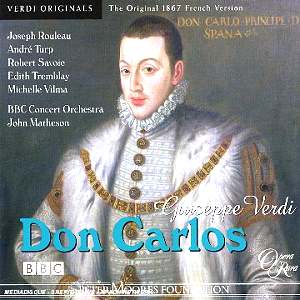For Part Two of Project 366, click here.
For Part Three of Project 366, click here.
Part Four - Dates on the Musical Calendar
Project 366 has assembled 300 listener guides since its inception. Starting September 1st, we embark in a final tranche of this long-term project, one that both will revisit everyone of these listener guides, and will also introduce 66 new ones - one listener guide for every day in the calendar including February 29th (which is a few short months away...)
As we have in past installments, we will issue a monthly post featuring about a handful of new guides, with an emphasis on special dates - these could be anniversaries, holidays or special events. The remaining days of the calendar will be filled by some of our past listener guides, more or less in sequence. The order and inclusion of new guides as "filler" dates is intended to stay somewhat germane to the sequence - and the previous thematic underpinning of the sequence. For example, in September, we add a new organ-inspired post that meshes with the "King of Instruments" theme.
As I have teased earlier this Summer, our Pod-O-Matic podcasting channel will feature the daily listener guide. The archive posts still are available anytime - if you miss a day. Brcuse we are limited with how much podcasts we can host any given time, and because we still host our FRiday posts, we will cycle listener guides in and out over time, but expect a listener guide to be on line at least a week or two.
(On line Version)
(On line Version)
(On line Version)
And, [per our sual tradition, the Yellow Pages for this final portion of the project
As we have in past installments, we will issue a monthly post featuring about a handful of new guides, with an emphasis on special dates - these could be anniversaries, holidays or special events. The remaining days of the calendar will be filled by some of our past listener guides, more or less in sequence. The order and inclusion of new guides as "filler" dates is intended to stay somewhat germane to the sequence - and the previous thematic underpinning of the sequence. For example, in September, we add a new organ-inspired post that meshes with the "King of Instruments" theme.
As I have teased earlier this Summer, our Pod-O-Matic podcasting channel will feature the daily listener guide. The archive posts still are available anytime - if you miss a day. Brcuse we are limited with how much podcasts we can host any given time, and because we still host our FRiday posts, we will cycle listener guides in and out over time, but expect a listener guide to be on line at least a week or two.
Musical Calendar for September to December 2019
(On line Version)
| September 2019 | 301-305 |
| October 2019 | 306-310 |
| November 2019 | 311-314 |
| December 2019 | 315-319 |
(On line Version)
| January 2020 | 320-323 |
| February 2020 | 324-328 |
| March 2020 | 329-331 |
| April 2020 | 332-336 |
(On line Version)
| May 2020 | 337-342 |
| June 2020 | 343-349 |
| July 2020 | 350-356 |
| August 2020 | 357-366 |
And, [per our sual tradition, the Yellow Pages for this final portion of the project






